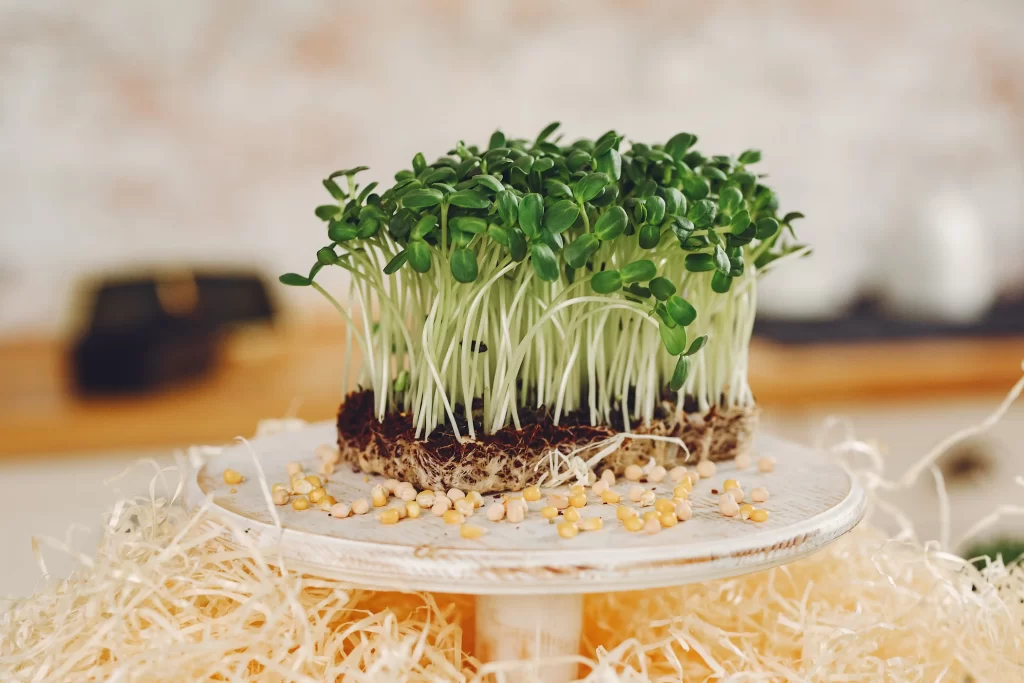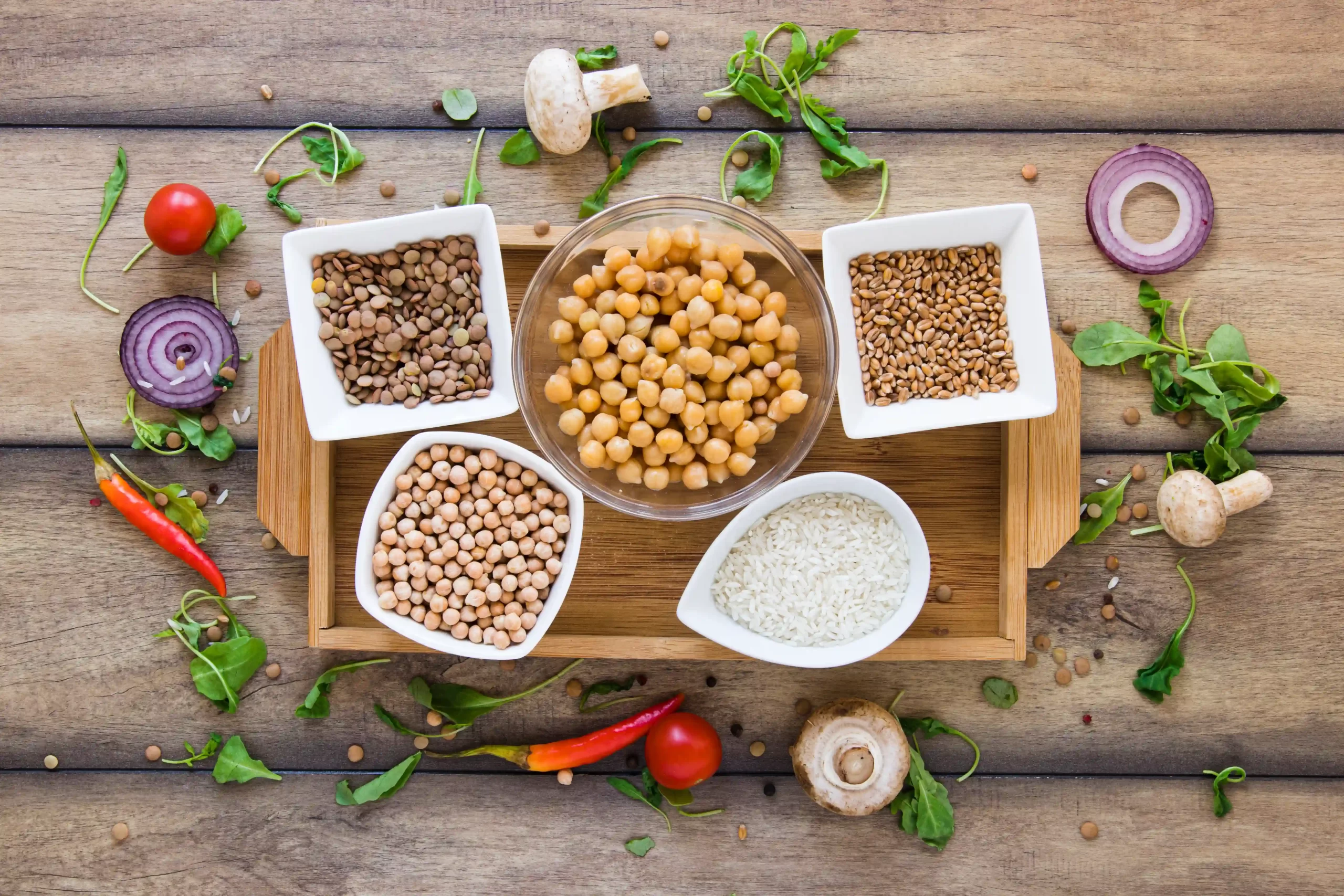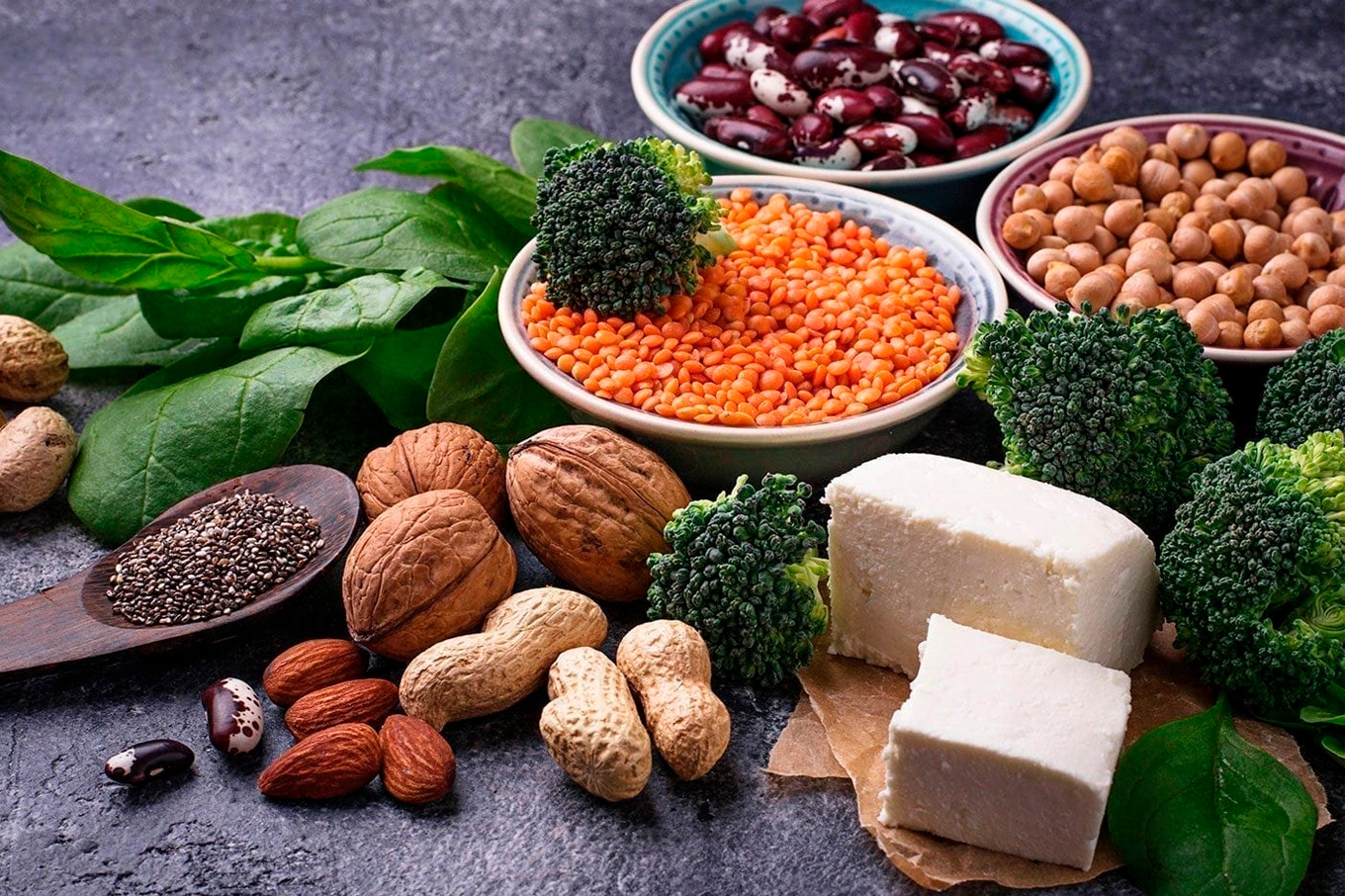In a culinary universe teeming with myriad flavors, the subtle allure of microgreens stands out, having profoundly reshaped our dining ethos and nutrition paradigms in recent years. Far from mere decorative garnishes, these diminutive plants carry a weighty promise: a remarkable blend of nutrition and sustainability. Their growing popularity isn’t just a fleeting trend; it reflects a profound shift in lifestyle choices. People are increasingly seeking out foods that not only tantalize the taste buds but also offer a robust nutritional profile. Culinary maestros and health aficionados are rallying behind microgreens, making them stars of contemporary cuisine. Amidst the cacophony of processed foods, these vibrant greens urge us to pause, savor, and celebrate nature’s purest and most potent offerings. The embrace of microgreens is more than an adoption of new food—it’s a testament to conscious eating and a holistic approach to wellness.
What Are Microgreens?
Microgreens are the early stages of plants, harvested shortly after the emergence of the first true leaves, known as cotyledons. Distinct from sprouts, which include the entire seedling from root to tip, microgreens are snipped above the soil, leaving the roots behind. Not only do they add aesthetic appeal to dishes with their vibrant colors and delicate textures, but they also offer a concentrated burst of nutrients and bioactive compounds. Grown in a controlled environment, these greens often require minimal space, making them a favorite for urban gardeners and those with limited gardening areas. Their diverse variety can introduce a palette of flavors to your dishes; from the peppery notes of radish and arugula to the subtle essence of basil, mustard, and beet greens. This wide spectrum makes them versatile ingredients in a myriad of culinary creations, infusing dishes with both flavor and health benefits.
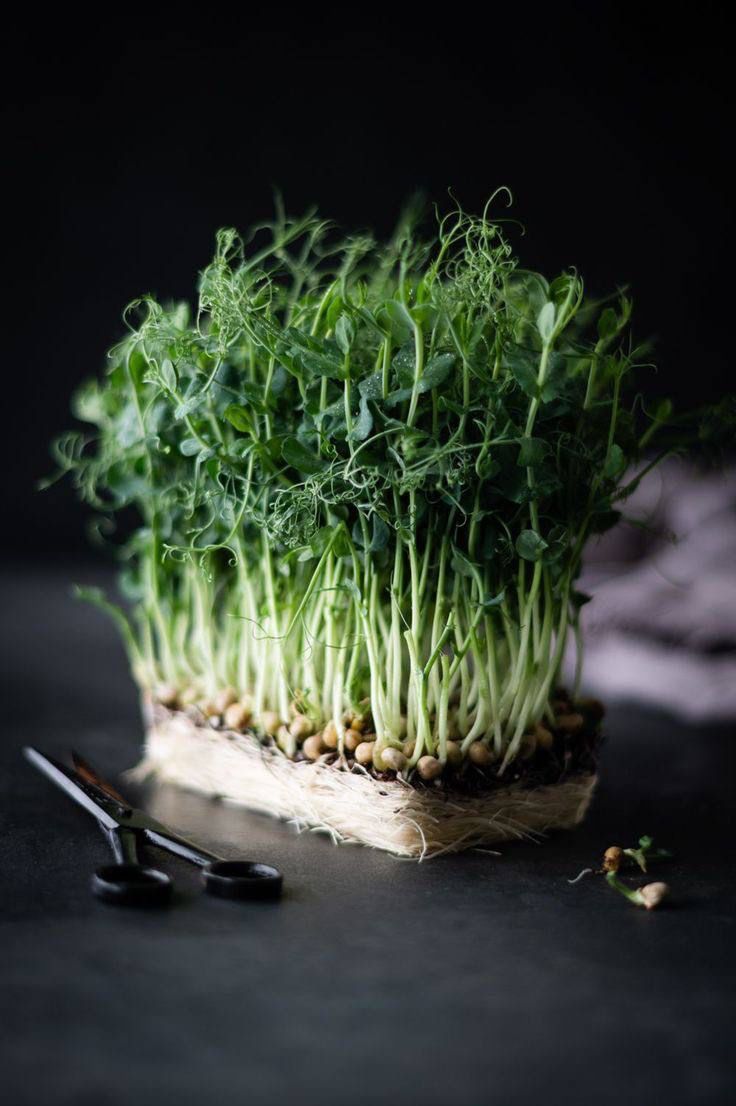
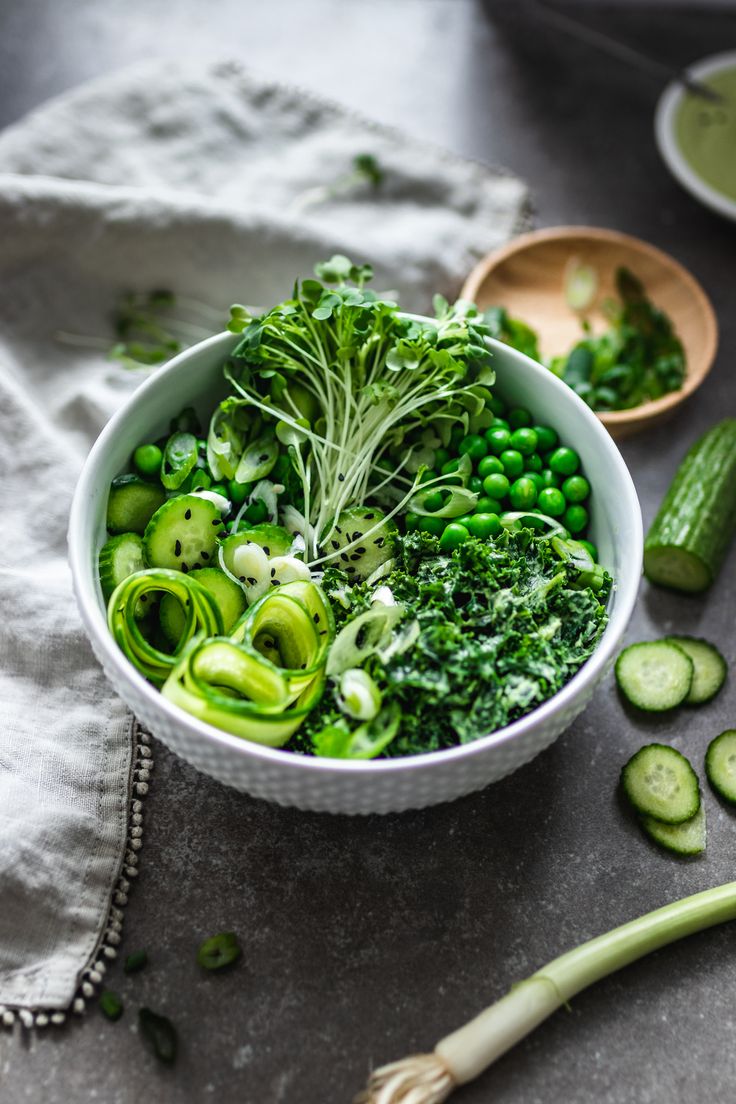
Nutritional Powerhouses
Though diminutive in size, microgreens are nutritional titans. Their concentration of vitamins, minerals, and antioxidants often outpaces that of their fully-grown counterparts. In fact, research has shown that the nutrient density in these greens can be up to nine times higher than in mature plants. Their richness in phytonutrients, compounds that are believed to reduce the risk of certain diseases, further elevates their status in the health community. Beyond their immediate nutrient content, the bioavailability of these nutrients means our bodies can absorb and utilize them more efficiently. Furthermore, their low-calorie count combined with their nutrient density makes them an ideal choice for those looking to maintain a balanced diet without compromising on nutrition. Such a dense nutritional profile means you get a substantial health boost in just a small serving, making microgreens an efficient and potent source of essential nutrients in any diet.
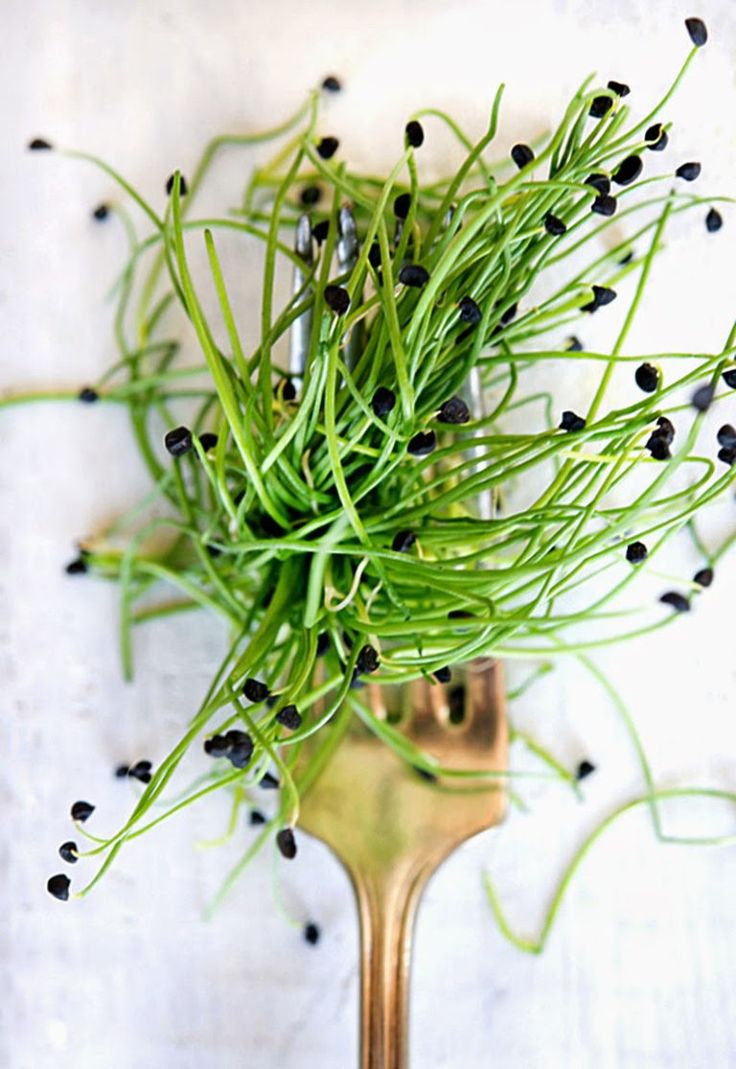
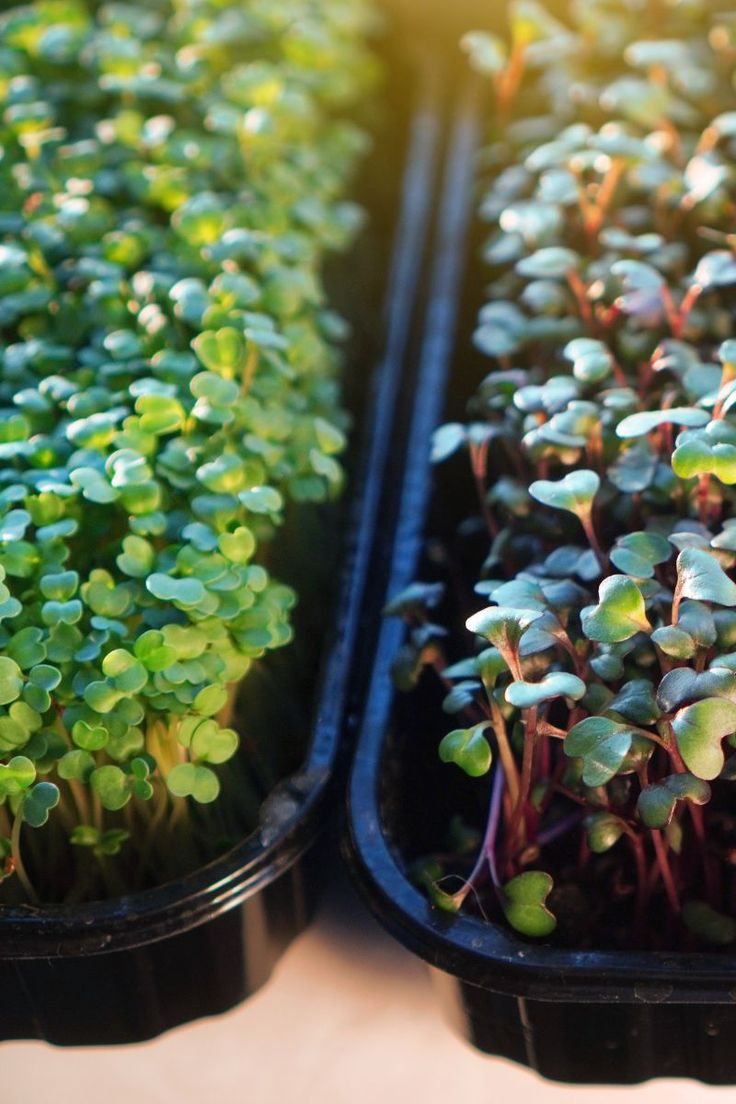
Health Benefits of Consuming Microgreens
In the realm of superfoods, microgreens have firmly staked their claim. These young shoots, though small in stature, come loaded with a myriad of health benefits, making them an essential addition to the discerning diner’s plate. Each type of microgreen carries its own set of benefits, stemming from its rich nutrient profile. Together, they offer a holistic approach to health and well-being.
- Immune System Support: Beyond their rich vitamin and antioxidant content, microgreens also possess anti-inflammatory properties, which can further enhance the body’s defense mechanisms, helping ward off common infections and illnesses.
- Cardiovascular Health: Alongside their notable polyphenol content, many microgreens are a source of omega-3 fatty acids, known for reducing the risk of heart diseases. The presence of these compounds helps regulate cholesterol levels, supporting overall heart health.
- Anti-cancer Properties: Apart from combating oxidative stress, certain microgreens like broccoli have sulforaphane, a compound specifically linked to anti-cancer benefits. Regular consumption can offer a protective layer against potential carcinogens.
- Digestive Health: In addition to providing essential fibers that promote regular bowel movement, microgreens also contain enzymes that aid in breaking down food, ensuring optimal nutrient absorption and supporting overall gut health.
- Vision Protection: Beyond lutein and zeaxanthin, microgreens such as kale and spinach are also packed with vitamin A, a critical component for maintaining healthy vision. Regular consumption can help delay age-related macular degeneration and cataract formation.
- Weight Management: Their high water content, combined with a low-calorie count and abundant nutrients, ensures satiety. Consuming microgreens can aid in reducing unnecessary snacking and promote a balanced, nutrient-rich diet, crucial for weight management.
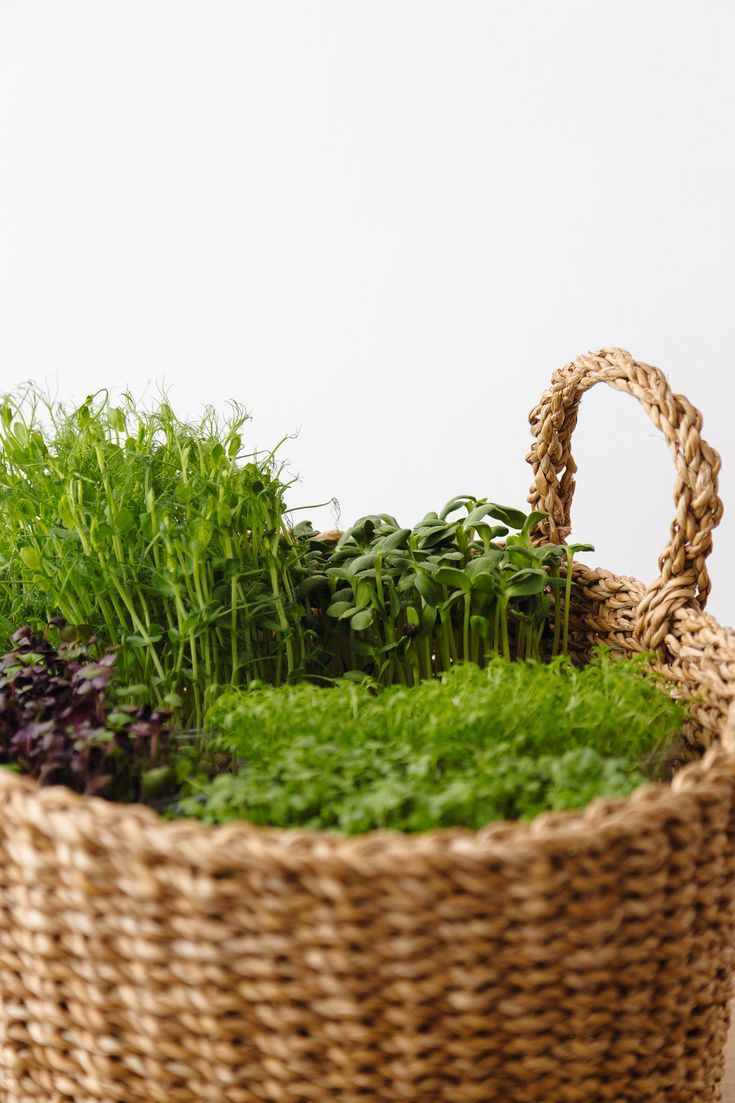
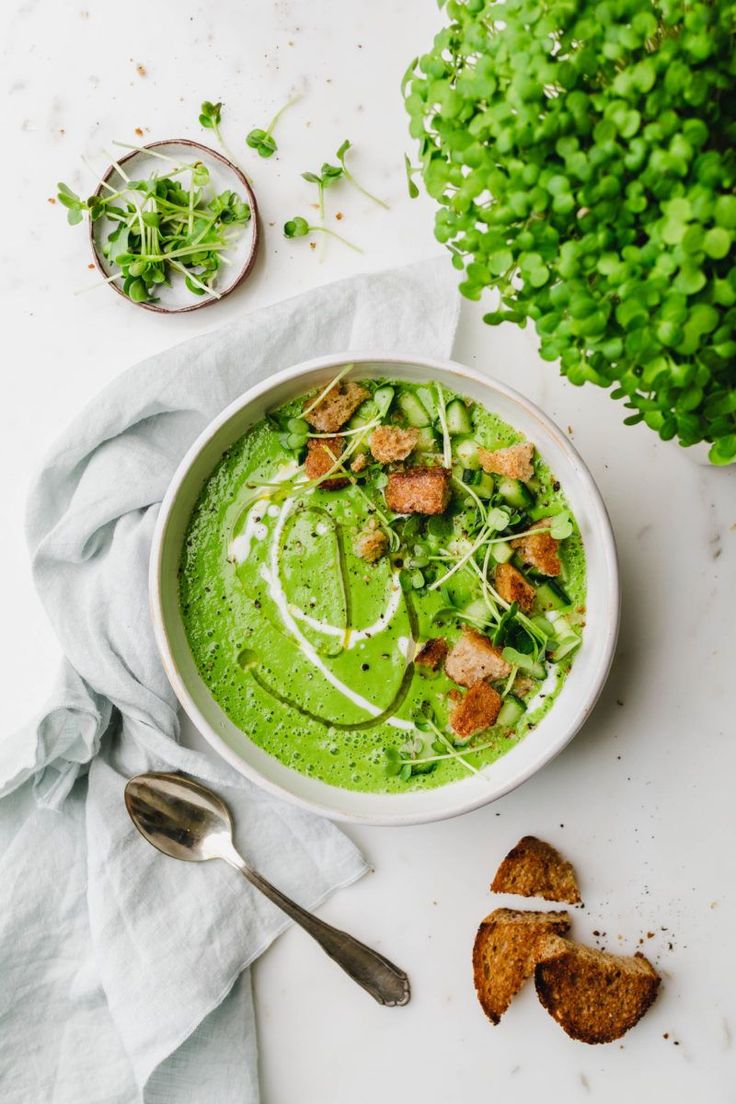
Tips for Growing Your Own Microgreens
Embarking on the journey of growing your own food can be both empowering and rewarding. Microgreens, with their short growth cycle and minimal space requirements, offer a perfect starting point for both seasoned gardeners and beginners. As you immerse yourself in this endeavor, not only will you nurture these greens to life but also cultivate a deeper connection with the food you consume. Let’s delve into the steps and considerations that can guide you to a flourishing microgreen garden.
- Choosing Seeds: It’s imperative to select high-quality seeds to ensure healthy growth. Opt for organic, non-GMO seeds specifically meant for sprouting. These seeds have a higher germination rate and are free from harmful chemicals, ensuring your microgreens are as natural as they can be.
- Soil and Containers: A well-draining organic potting mix is essential to prevent waterlogging and root rot. Using shallow trays or containers helps maintain the right moisture level, allowing for uniform growth. Some gardeners also use coconut coir or peat moss as an alternative medium.
- Sowing to Harvesting: After evenly spreading seeds on the soil surface, gently press them down and mist them with water. Cover them with another tray or a dark cloth to block light, ensuring faster germination. Regularly mist them to maintain moisture. When they’ve grown a couple of inches tall and display their first true leaves, they’re ripe for harvesting using clean, sharp scissors.
- Indoor vs. Outdoor: Growing microgreens indoors offers the advantage of a consistent environment, free from the vagaries of weather. It allows for year-round cultivation, regardless of the season. Outdoors, while natural light is a boon, one needs to be cautious of extreme weather conditions which can hinder growth.
- Pests and Challenges: The lush growth of microgreens can sometimes invite unwanted pests like aphids or fungus gnats. Regular inspection, proper spacing, and good hygiene can prevent many issues. For those persistent pests, organic solutions like neem oil can be a godsend. Ensure good air circulation and avoid over-watering to prevent mold or fungus attacks.
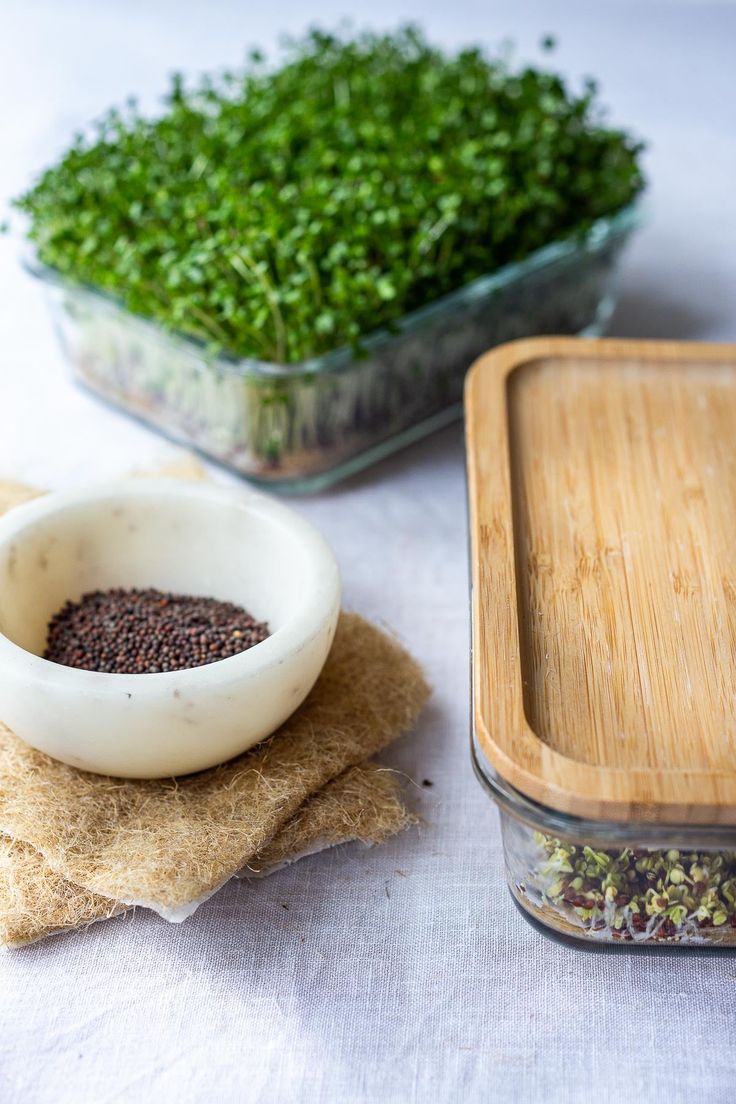
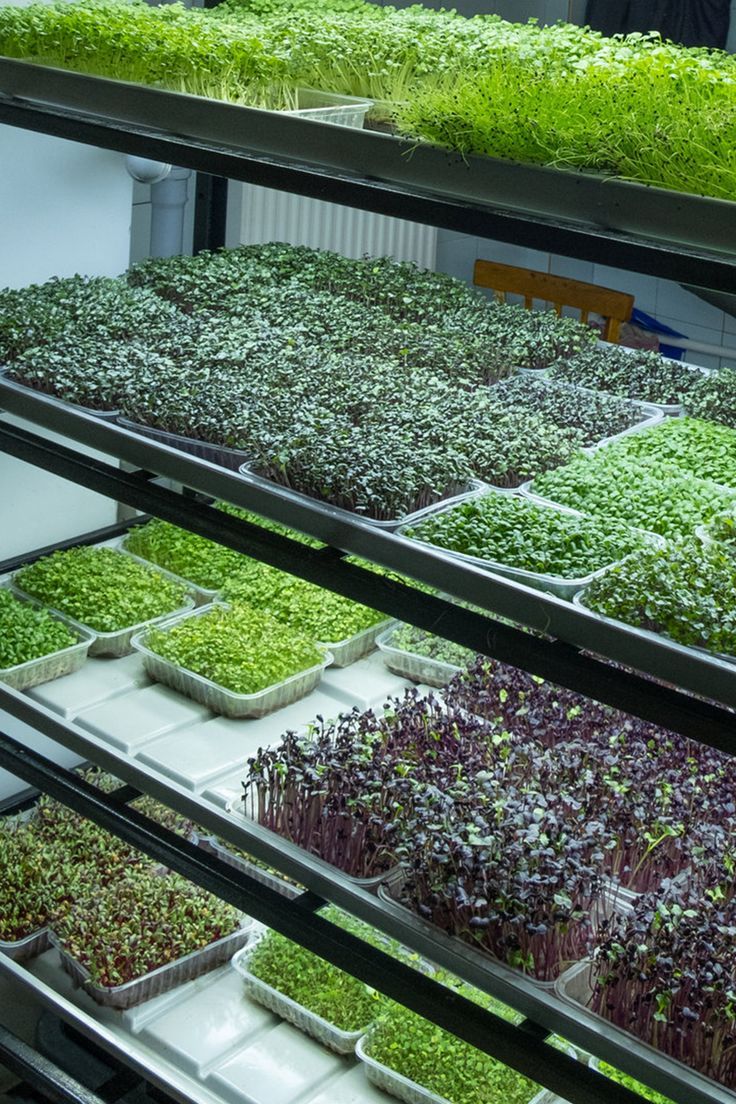
Incorporating Microgreens into Your Diet
Having nurtured and harvested your microgreens, the next thrilling step is introducing them to your meals. Their rich flavors and vivid colors make them a versatile ingredient, ready to invigorate a plethora of dishes. Think of them not just as food but as a vibrant brush with which to paint your culinary canvas. As you embark on this delicious adventure, here are some ideas to seamlessly weave microgreens into your daily diet:
- Salads: A handful of microgreens can radically transform a mundane salad. Toss them in with other greens, or let them be the star. Their unique textures and flavors can be enhanced with a simple vinaigrette or lemon dressing.
- Garnish: More than just an aesthetic touch, microgreens can elevate the flavor profile of your soups, sandwiches, and wraps. A sprinkle of radish microgreens can add a spicy kick to a sandwich, while basil microgreens can lend a delightful aroma to your soups.
- Smoothies: If you’re looking for a nutrient-dense start to your day, blend in some microgreens with your favorite fruits and veggies. They seamlessly mix, amplifying the nutritional value of your morning smoothie without overpowering the taste.
- Sauces: Reimagine your sauces by using microgreens as a base. Fresh pesto made with basil microgreens, olive oil, garlic, and pine nuts can be a delightful twist on the classic. Likewise, arugula microgreens can add a peppery zing to traditional green sauces.
- Recipe Ideas: The culinary applications of microgreens are limited only by your imagination. Fold them into omelets, sprinkle them over pizzas, or even incorporate them into baked goods for an unexpected yet delightful twist. Experimenting with different combinations can lead you to discover new favorite recipes, all enriched with the goodness of microgreens.

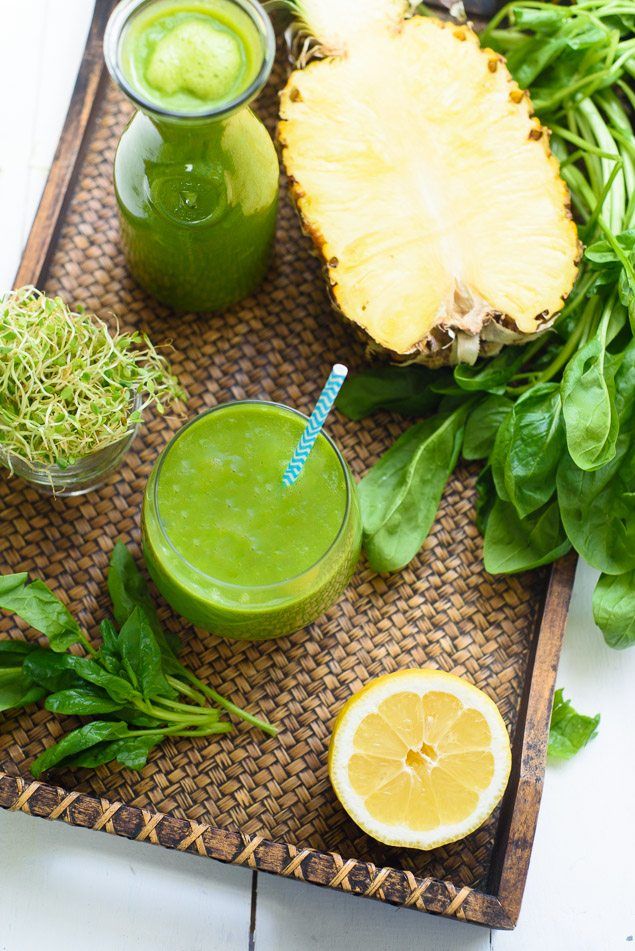
The tiny, delicate microgreens are powerhouses, both nutritionally and environmentally. They symbolize the convergence of health and sustainability. So, the next time you see these greens, remember, they’re not just a garnish. They’re an invitation to a healthier, more sustainable life. Dive in, grow your own, and relish the myriad benefits they offer.

